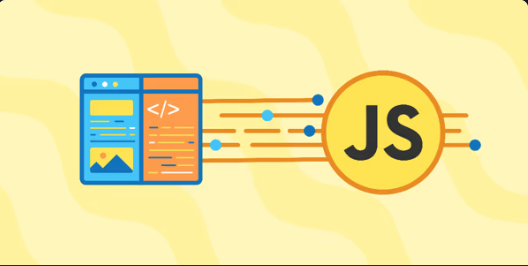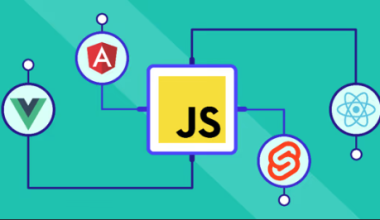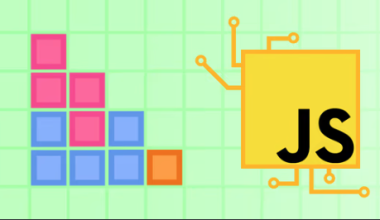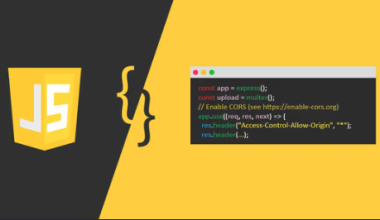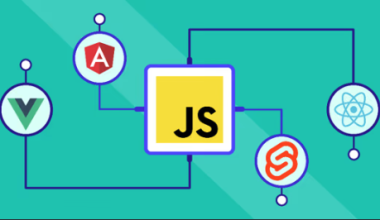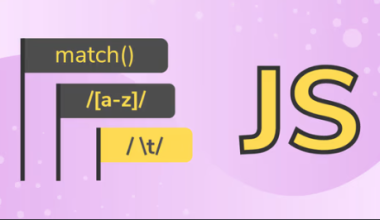With Building Front-End Web Applications with Plain JavaScript you will get a 40% discount on yearly plans and a 20% monthly discount oneducative.io. It is one of the popular courses from educative.io
This course shows you how to build front-end web applications with plain JavaScript without using any (third-party) framework or library
Building Front-End Web Applications with Plain JavaScript– Developer Discount
With the exclusive Holiday discount, you can get a 20% discount on two years of access to educative.io which includes all the existing and future courses. Two-year access is just $199 after the discount. Lockin this price before it expires.
Get an additional 20 discount on Handling Financial Services with Square API course
Coupon: Use code devops at checkout
Also, you can get a 10% discount on all educative courses using the exclusive discount.
Coupon: Use Code Educative10 at checkout
Here is what you will Learn from Building Front-End Web Applications with Plain JavaScript
1. Introduction
- Getting Started
2. The Foundations of Web Apps
- The World Wide Web (WWW)
- HTML, XML, and Unicode
- HTML Forms
- Style Web Documents and User Interfaces with CSS
- A Brief History of JavaScript
3. Javascript Fundamentals
- JavaScript Basics
- Data Type Testing
- Variables
- Strict mode
- Objects
4. Building a Minimal Web App with Plain JS in Seven Steps
- Overview of the Minimal Application
- Step 1: Set up the Folder Structure
- Step 2: Write the Model Code
- Step 3: Initialize the Application
- Step 4: Implement the Create Use Case
- Step 5: Implement the Retrieve/List_all Use Case
5. Integrity Constraints and Data Validation
- Introduction
- Integrity Constraints
- String Length Constraints
- Mandatory Value Constraints
- Range Constraints
6. Constraint Validation in Plain JS
- New Issues
- Make a JavaScript Class Model
- Folder Structure and Library Files
- Model Code: Constructor Function
- Model Code: Property Checks and Property Setters
7. Enumerations
- Enumerations
- Record and Extensible Enumerations
- Enumeration Attributes
- Enumerations in Computational Languages
- Enumeration Attributes in a Design Model
8. Enumeration Attributes in Plain JS
- Enumeration Implementation Issues
- Class Model
- Library File and Meta-Class Enumeration
- Enumerations and Model Classes in Model Code
9. Reference Properties and Unidirectional Associations
- Reference Properties
- References and Reference Properties
- Referential integrity
- Model Reference Properties
- Unidirectional Associations
10. Implementing Unidirectional Functional Associations
- Introduction to the Unidirectional Association Application
- Single-Valued Reference Properties
- Make a JavaScript Class Model
- New Issues and Model Summary
- Model Code
11. Implementing Unidirectional Non-Functional Associations
- Multi-Valued Reference Properties
- JavaScript Class Model
- New Issues
- Model Summary
- Model Code
12. Bidirectional Associations
- Inverse References
- Make an OO Class Model
- Bidirectional Associations
- OO Class Model
- Quiz: Bidirectional Associations
13. Implementing Bidirectional Associations
- JavaScript Class Model
- New Issues
- Code Summary
- Model Code
- View Code
14. Subtyping and Inheritance
- Subtypes
- Supertypes
- Intension, Extension, and Type Hierarchies
- Class Hierarchy Merge
- Subtyping and Inheritance
15. Subtyping with Plain JS
- Introduction to Subtyping in Plain JavaScript
- Constructor-Based Classes
- Eliminate a Class Hierarchy and Create a Class Model
- New Issues
- Code the Model Classes
